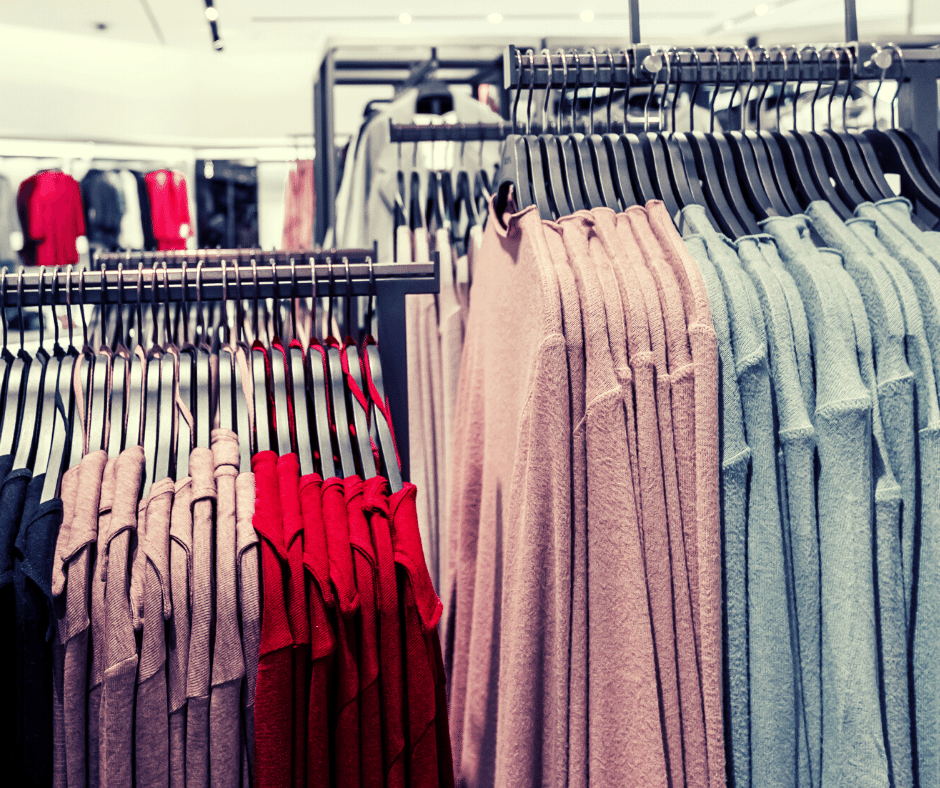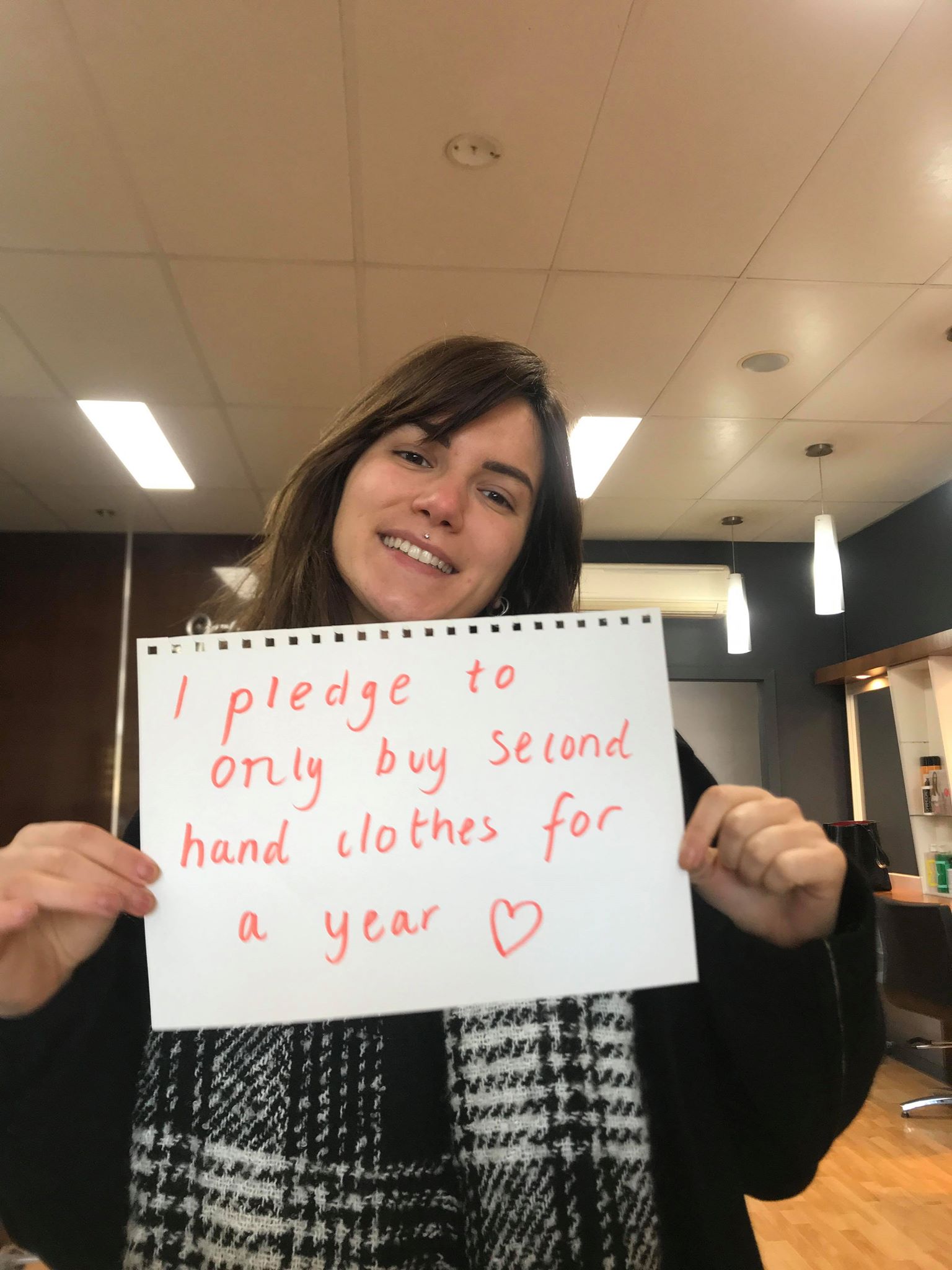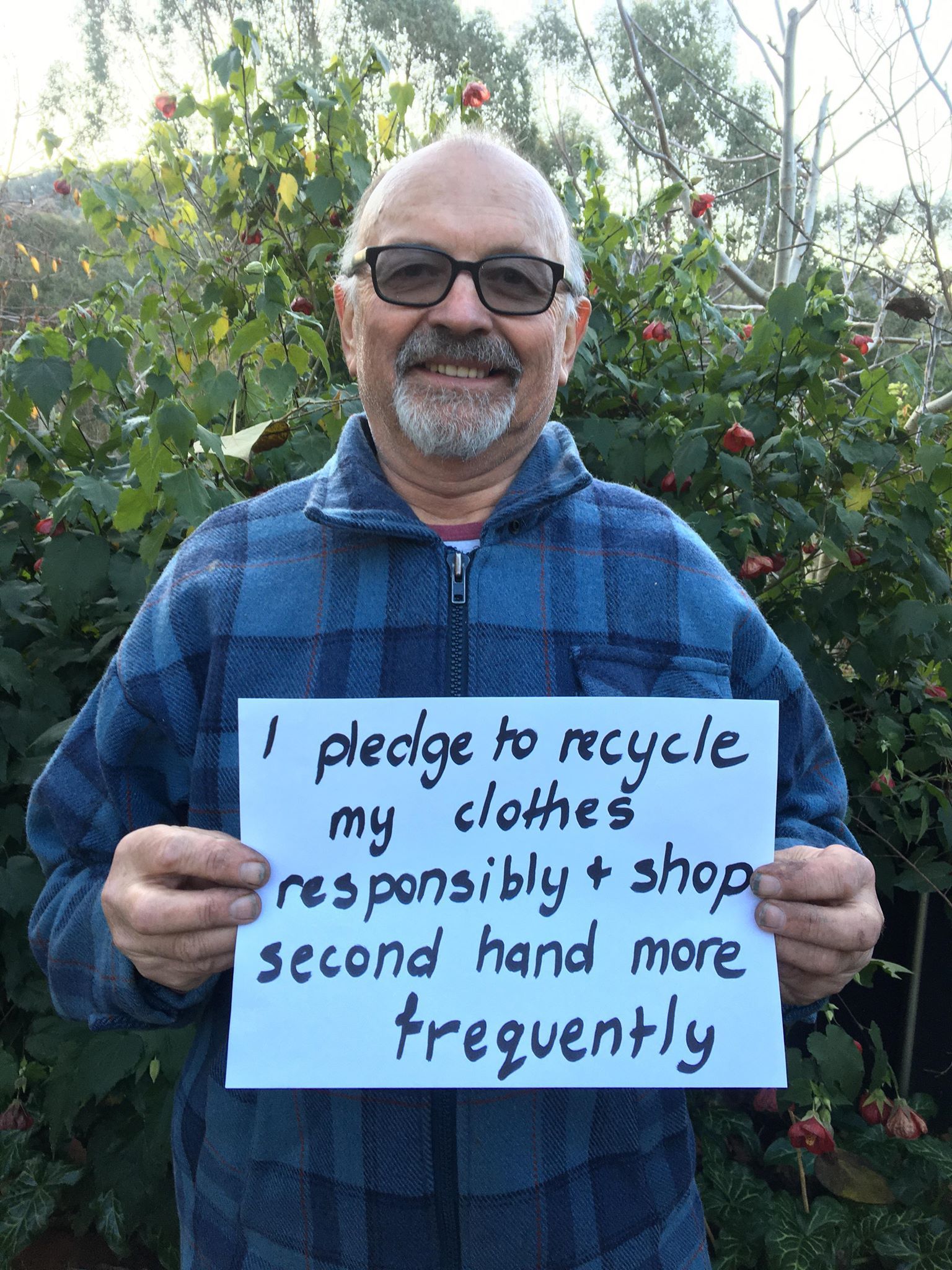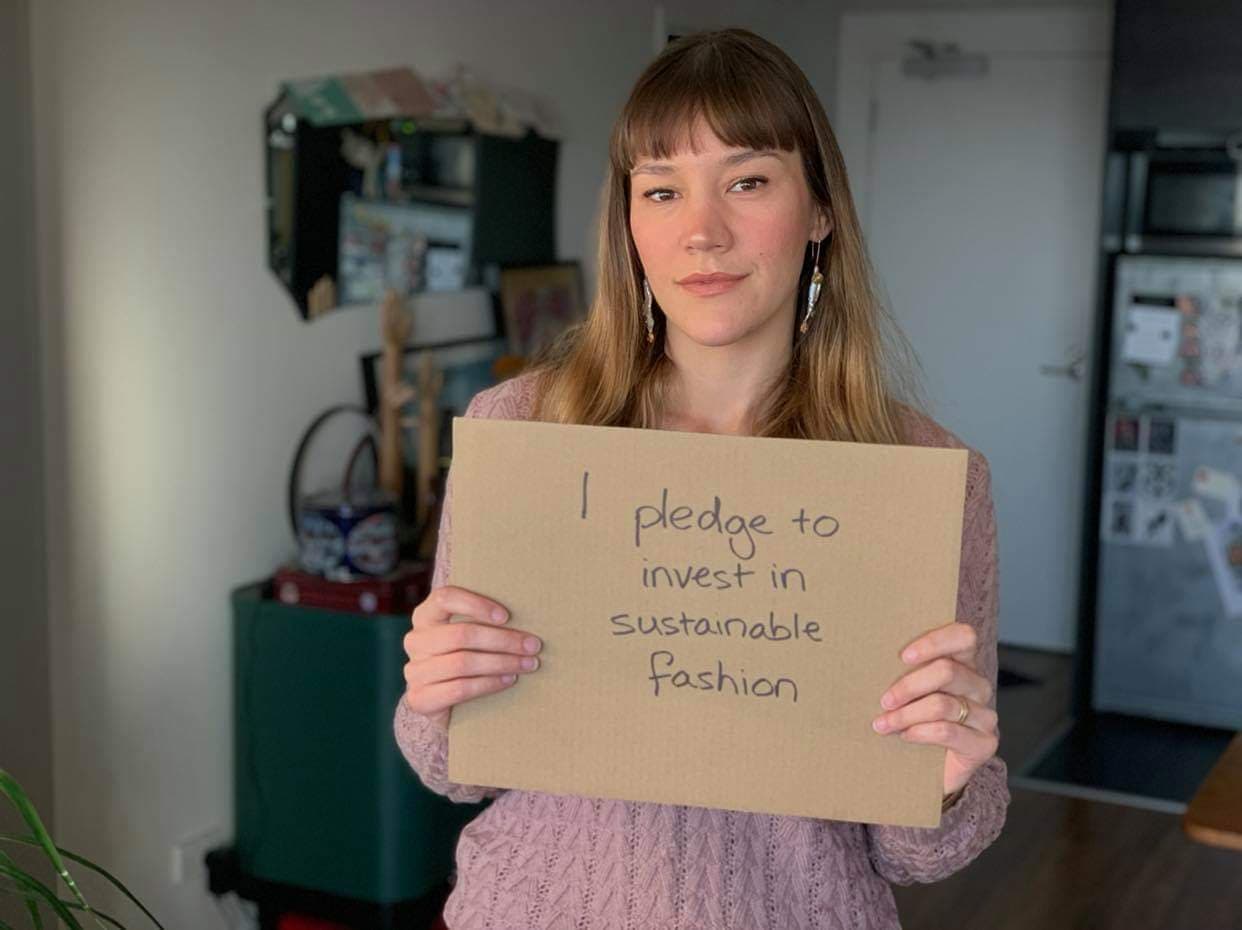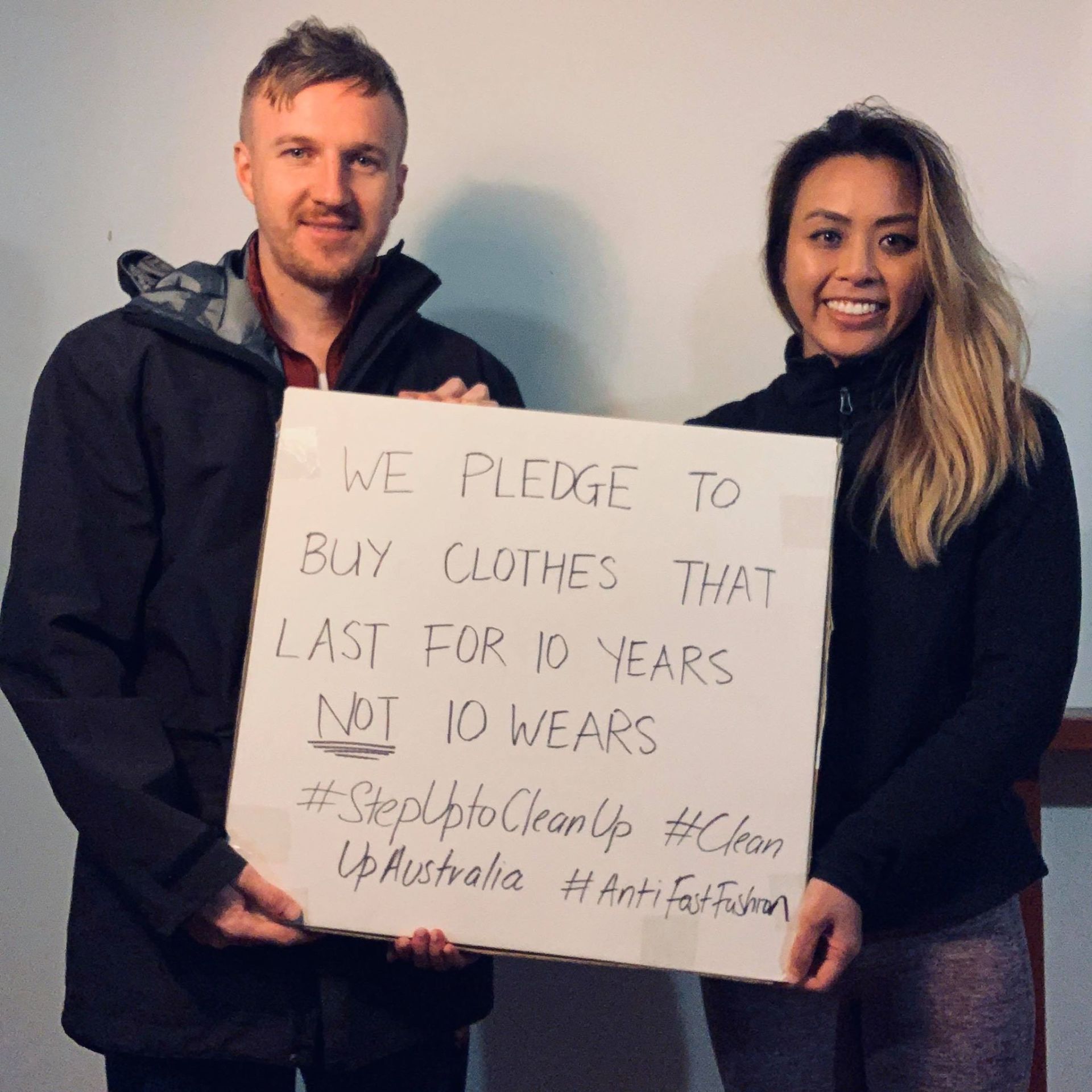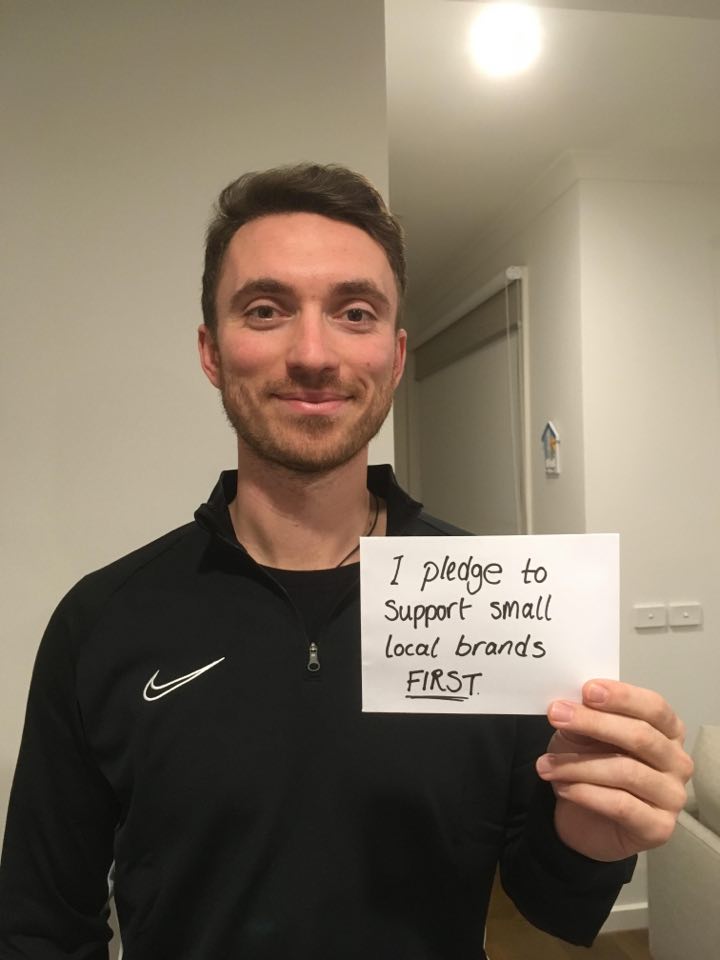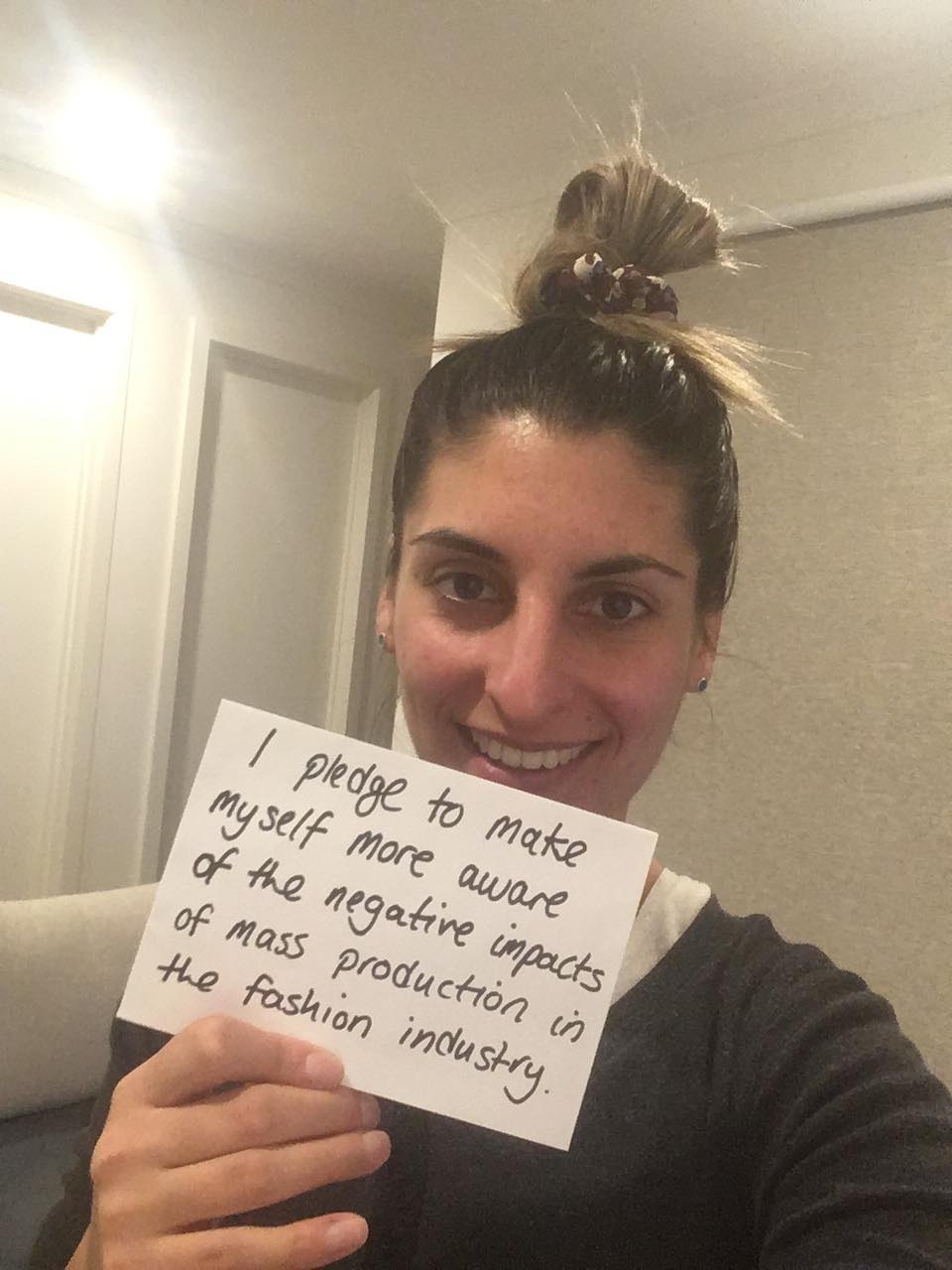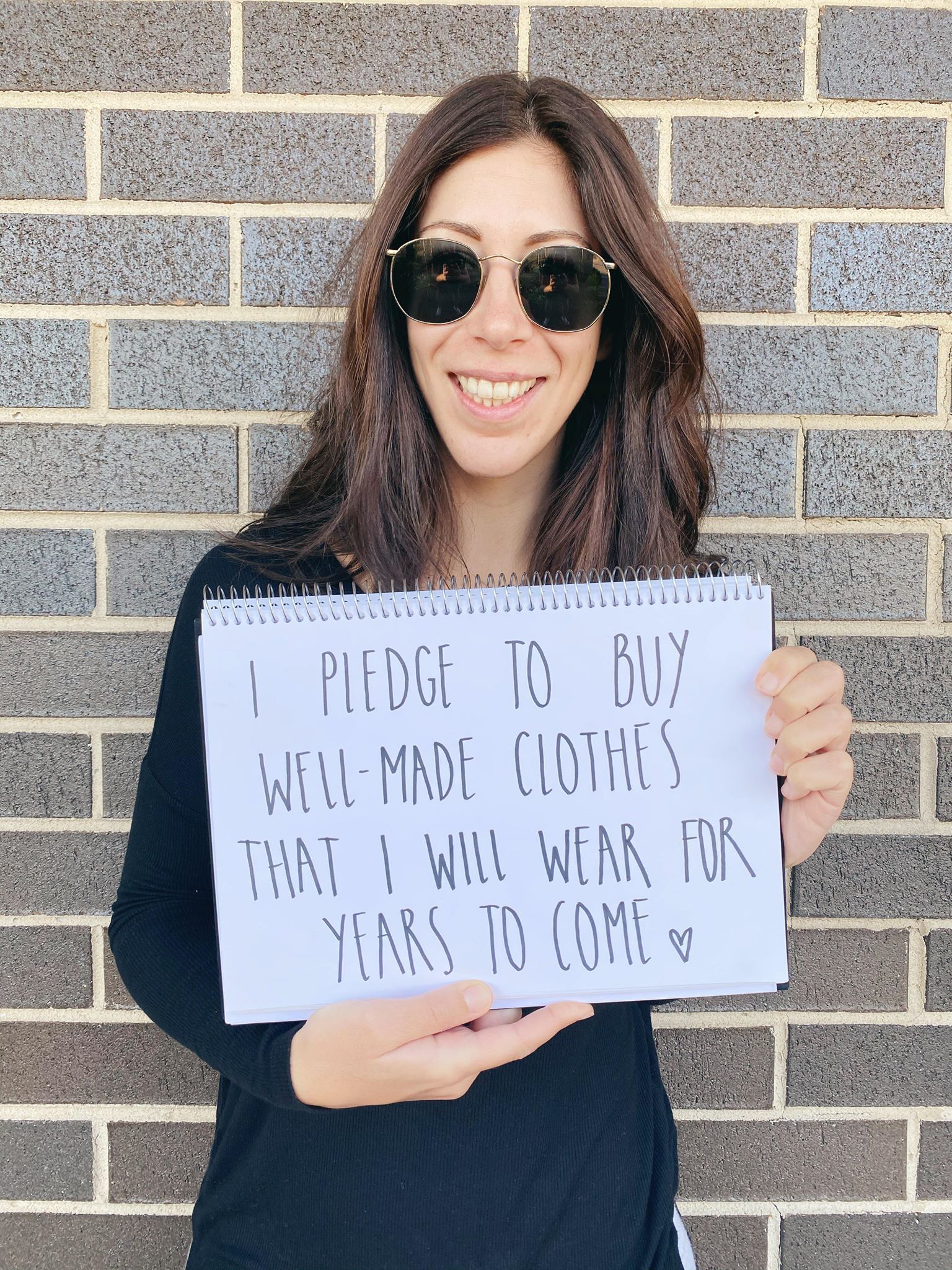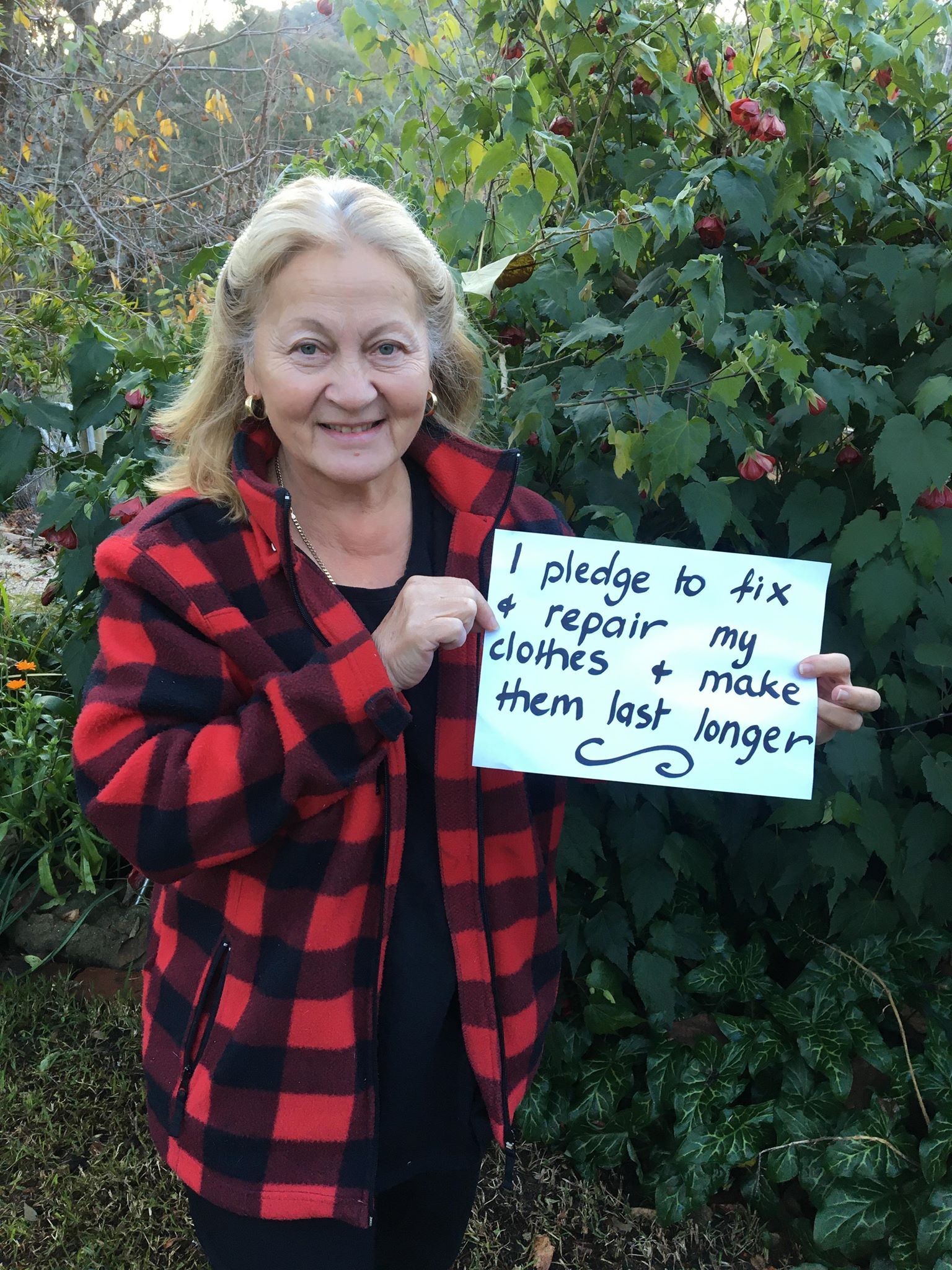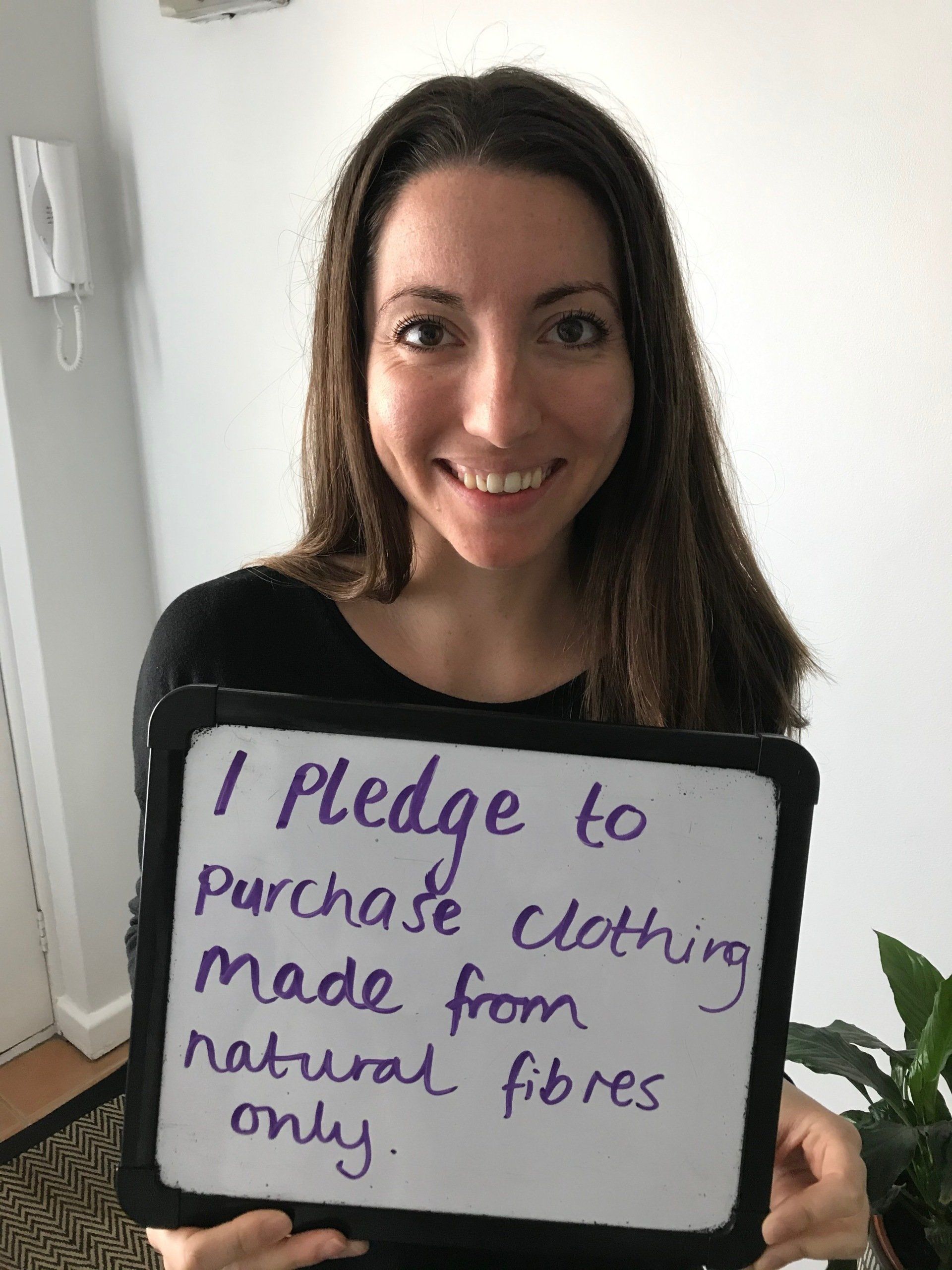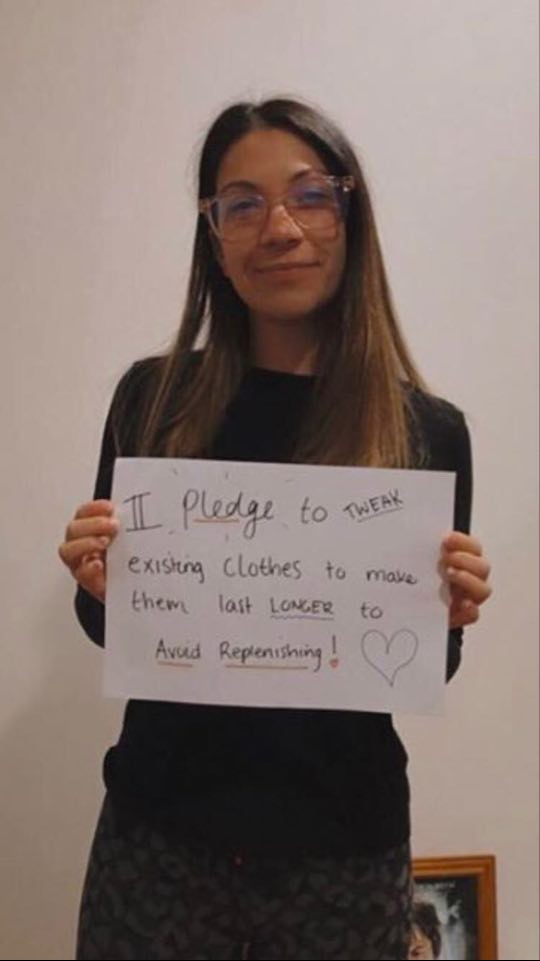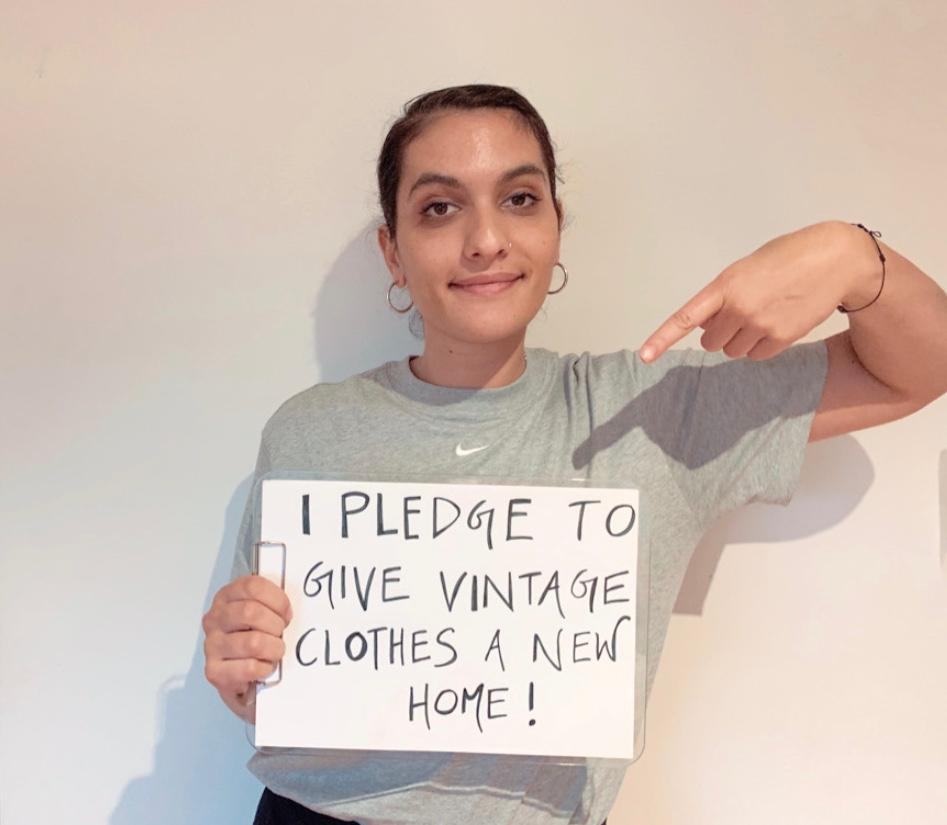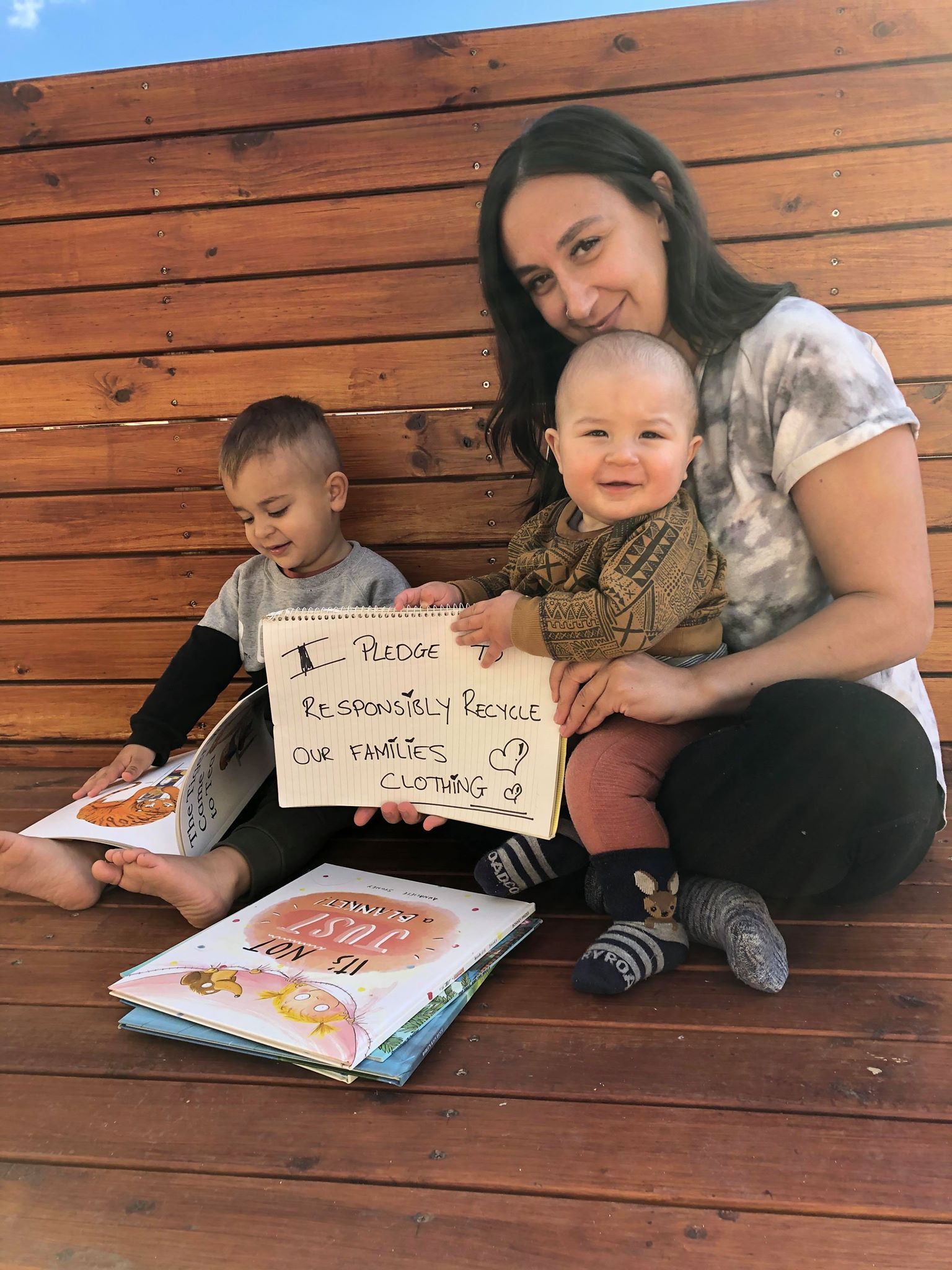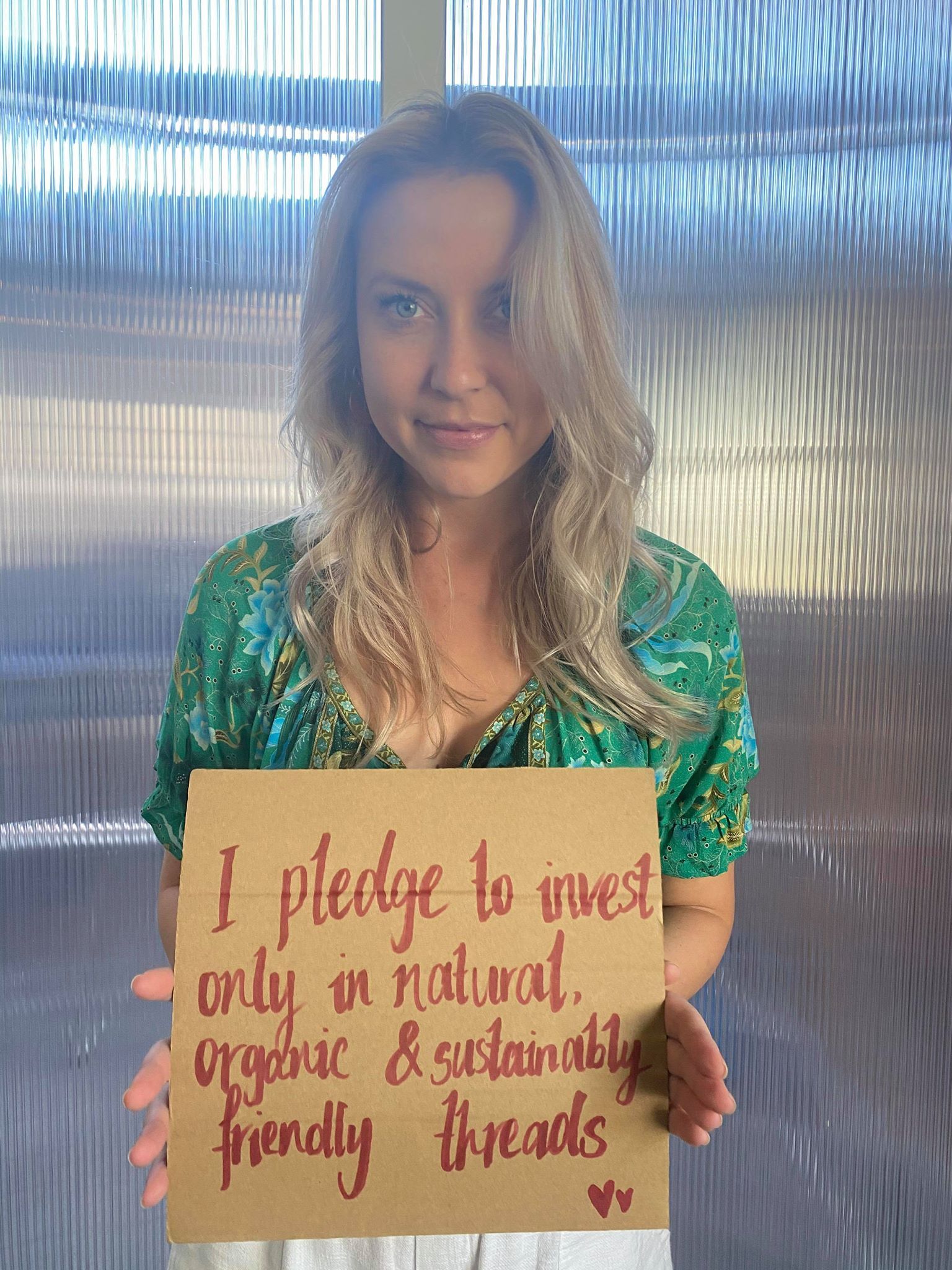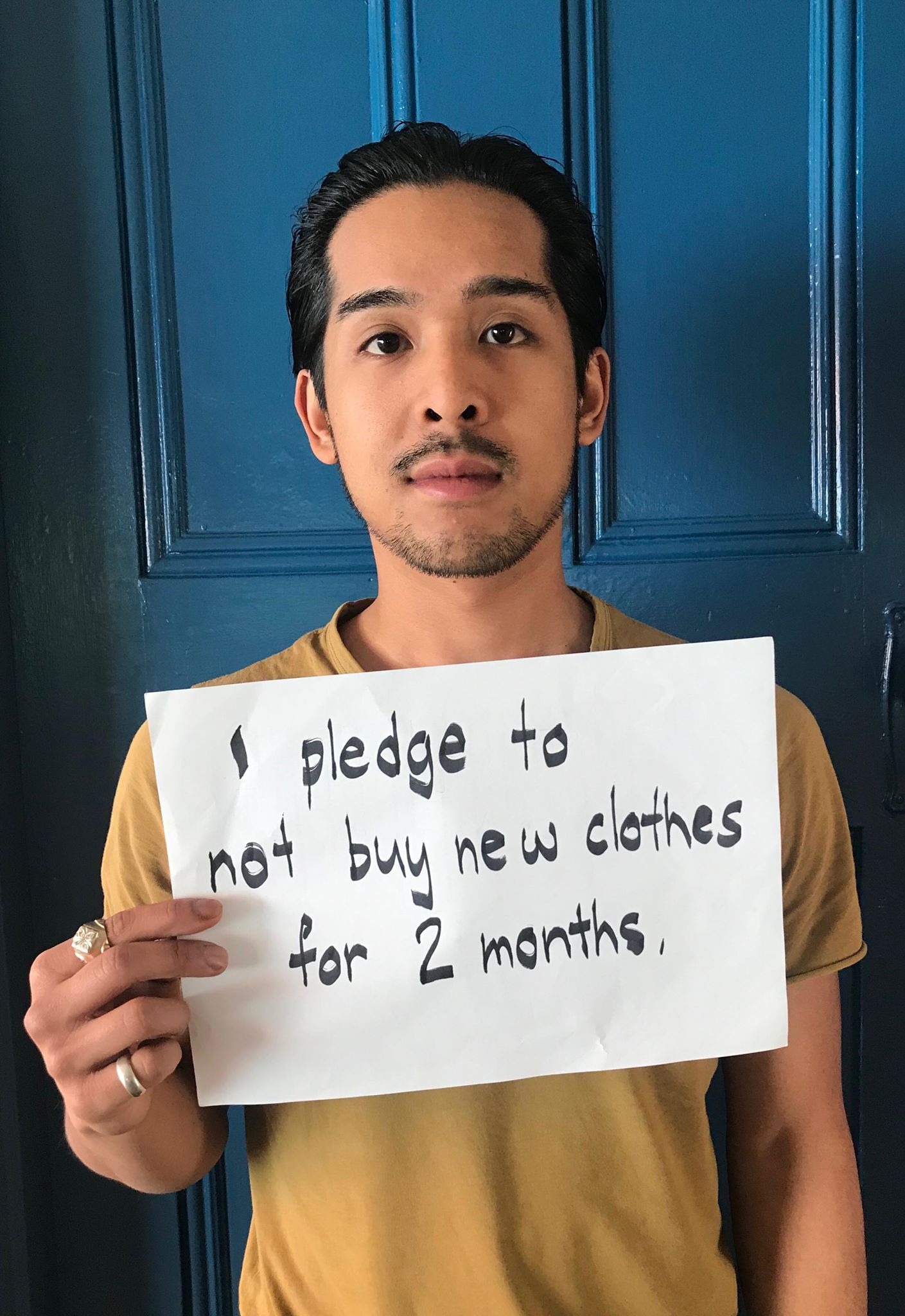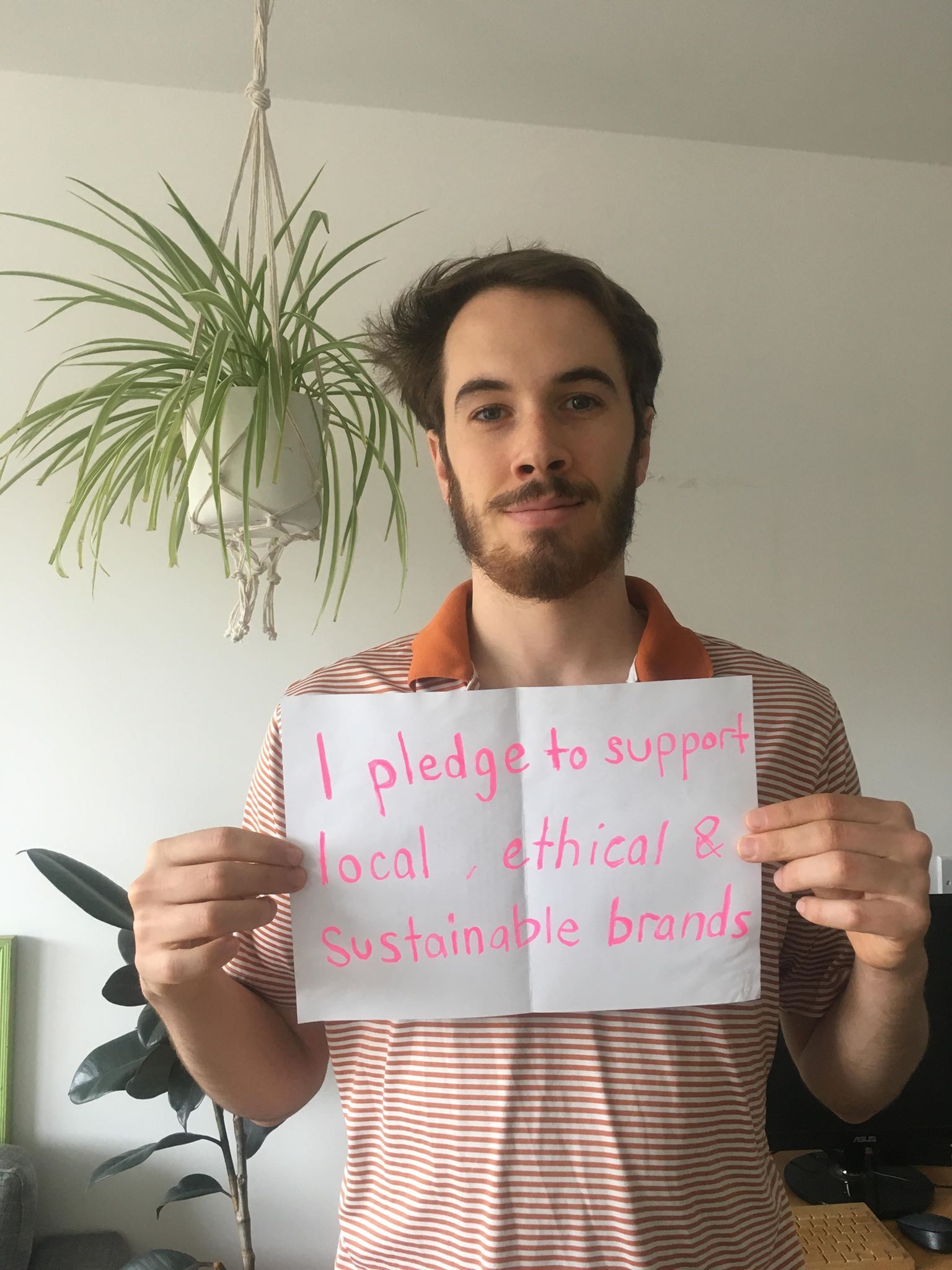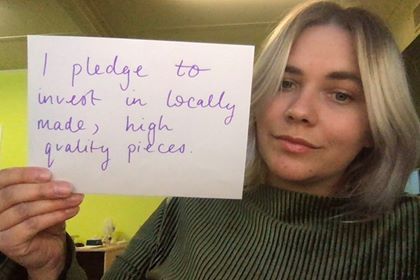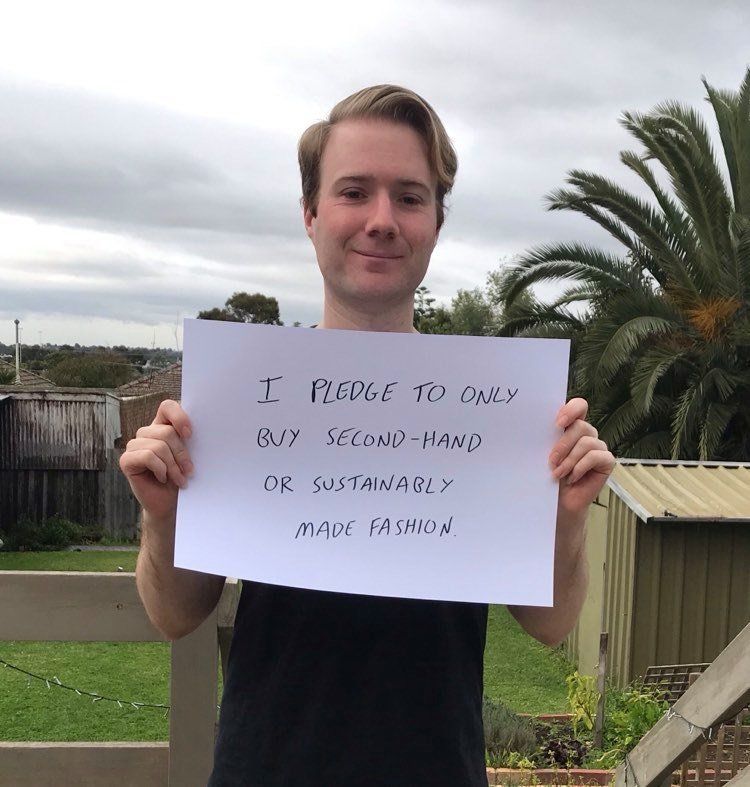Break the cycle of fast fashion
by Lucy Robin
Get the lowdown on thrifting online

As Australian consumers gain awareness of the environmental effects of fast fashion, second-hand clothing is becoming an increasingly lucrative sector. The global fashion industry has emerged as the second-most polluting industry in the world, emitting more CO2 than international aviation and shipping combined. On top of this, the equivalent of one garbage truck load of clothing worldwide is contributed to landfill or incinerated every second.
However, there is hope yet. Business analysts have projected that preloved clothing is set to supersede fast fashion
in the near future. Young Australians with a penchant for buying clothes are making pledges to purchase nothing new for a year, and developing handy strategies
for sorting through op-shops to find their next wardrobe heroes.
In the wake of the recent pandemic, many of us have grown used to staying at home.
But how do you bring your thrifting adventures online? How do you continue your search for that perfectly worn-in pair of Levi’s from your bedroom?
Arm yourself with measuring tape and limber up your typing thumbs – you’re going to need it. These are the best platforms for shopping second-hand online.
1. Depop
Have you ever wanted to go to a virtual garage sale? To skip the awkward small-talk and the obligatory inspection of a fold-out table filled with Encyclopaedia Brittanicas? Enter – Depop. Depop was founded in 2011, and today has 15 million plus sellers worldwide. With a slick Instagram-esque interface and a selection of filters designed to personalise your search results, the app is sure to be the home of your next purchase. To send your own unwanted items to a new owner, all you need is a phone camera and a knack for marketing. Your mum’s old jumper becomes a collector’s item. That pre-COVID pair of pants that you’ve now grown out of are the subject of fierce bartering. Moreover, many long-term sellers on the app go the extra mile and purchase compostable packaging to minimise plastic waste. With enough followers, you can make a business out of it, sourcing stock from local op-shops to cultivate your own sustainable brand.
2. Etsy
As Depop’s older sister, Etsy
is the place to go if you’re prepared to spend a little more. If Depop is an internet car-boot sale, Etsy is a consignment store. The online marketplace was founded in 2005 and specialises mainly in craft and handmade items. However, among the flower-crowns and homemade soaps, sellers offer personalised collections of second-hand clothing. Here, you can find all the 50s plaid dresses, kitschy slogan t-shirts and chunky 80s cardigans your heart desires. Make sure to use the ‘favourite shops’ function to keep up with the sellers who impress you, and don’t be afraid to negotiate prices. If it all proves too expensive for you, simply window shop. Favourite the items you’re lusting after and use the site as a source of inspiration for future op-shopping ventures.
3. eBay
If you’ve got a little more time on your hands, a hunt through eBay
can absorb you for hours. Granted, a simple search of ‘vintage jeans’ will inevitably involve a scroll through numerous listings of $2 sewing patterns. eBay’s pool of sellers is seemingly comprised more of eccentric aunties than trend-savvy Gen Z’ers. However, once you find the sellers who have saved their teenage wardrobe from the 70s, you’ve struck gold. eBay is filled with retro items carrying sub-$20 price tags. There are even videos online containing strategies to help you sort through eBay’s expansive stock. Set your item location to ‘Australia Only’, select sort by lowest price, and away you go!
So, what are you waiting for? Embark on a thrifting trip through cyberspace. Not only will you be nabbing some bargains, but you’ll be reducing waste and pollution while you do it.
Lucy Robin is a second year creative writing student living on Boon Wurrung land with an interest in consumer awareness and everyday sustainability.
Not so Fast, Fashion
Discover how you can reduce the volume of textile waste that ends up in landfill
How Will YOU Step Up?
We're calling on all Australians to Step Up and make a pledge towards reducing their waste contribution.
View more
Search for other blog topics:


